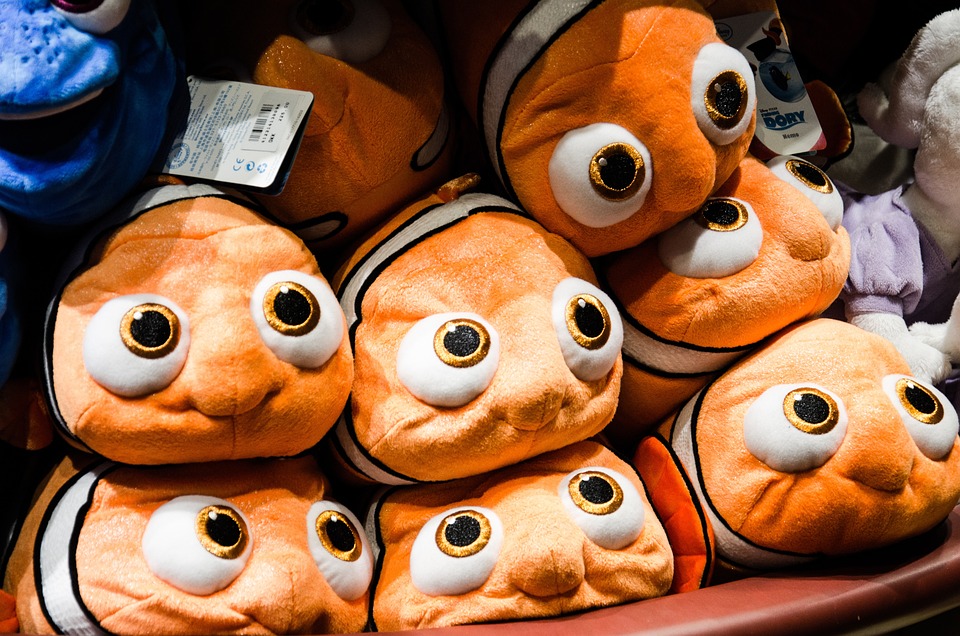Fish are beautiful and mesmerizing pets that require proper care and protection to thrive in their aquatic environment. While they bring serenity and joy to any tank or pond, fish can also be vulnerable to various external threats and predators. In this article, we will discuss essential tips to shield your fish from these dangers and ensure their safety and well-being.
I. Understanding the Common External Threats to Fish
A. Water Quality and Temperature Fluctuations:
Maintaining optimal water conditions is crucial for the health of your fish. Fluctuations in temperature and poor water quality can cause stress and even lead to illness or death. Regularly test the water and monitor temperature levels to ensure they remain stable.
B. Toxic Chemicals and Pollutants:
Chemicals and pollutants can enter the water from various sources, such as tap water, cleaning products, and fertilizers. These substances can harm your fish and affect their overall health. It is important to use a water conditioner or filter to remove harmful chemicals and regularly check for any signs of pollution.
C. Poor Nutrition and Disease:
Providing your fish with a balanced and nutritious diet is essential for their well-being. Poor nutrition can weaken their immune system and make them more susceptible to diseases. Ensure you feed them a species-appropriate diet and avoid overfeeding, as excess food can lead to water contamination.
D. Unfavorable Tank or Pond Conditions:
An unsuitable habitat can be stressful for fish and make them more vulnerable to diseases and predators. It is important to create a safe and comfortable environment by maintaining clean water, providing hiding spots, and ensuring proper filtration and aeration systems.
II. Identifying and Preventing Predators
A. Birds and Other Aerial Predators:
Birds, such as herons, can pose a significant threat to fish in outdoor ponds. Installing netting or wire mesh over the pond can help prevent these predators from accessing the fish. Additionally, strategic placement of decoys or scare devices can deter birds from approaching.
B. Aquatic Predators: Fish, Frogs, and Turtles:
Other aquatic creatures, such as larger fish, frogs, and turtles, can also prey on smaller fish. It is important to choose fish species that are compatible and size-appropriate for your tank or pond. Providing sufficient hiding spots and structures, such as rocks or plants, can also help protect your fish from being hunted.
C. Unwanted Insects and Other Small Creatures:
Insects and other small creatures can harm your fish by introducing diseases or preying on them directly. Regularly inspect your tank or pond for any unwanted guests and take appropriate measures to remove them. In some cases, introducing natural predators, such as certain fish or snails, can help control the population of harmful insects.
III. Useful Tips to Protect Your Fish from External Threats and Predators
A. Maintain Optimal Water Conditions:
Regularly test the water quality and ensure it remains within the appropriate range for your fish species. Use proper filtration and aeration systems to keep the water clean and oxygenated.
B. Promote a Healthy and Balanced Diet:
Choose high-quality fish food that is suitable for your fish species. Avoid overfeeding and monitor their consumption to prevent water contamination. Providing a varied diet with a mix of pellets, flakes, and live or frozen foods can help ensure their nutritional needs are met.
C. Ensure a Safe and Stimulating Habitat:
Create an environment that mimics their natural habitat by providing hiding spots, structures, and natural aquatic plants. Regularly clean the tank or pond to remove any waste or debris that can cause water pollution.
D. Implement Protective Measures:
Use netting or wire mesh to prevent aerial predators from accessing your fish. For outdoor ponds, consider using barriers or fencing to deter unwanted visitors. In some cases, introducing natural predators, such as certain fish or birds, can help control the population of predators.
IV. Frequently Asked Questions (FAQs)
Q1. How often should I test the water quality in my fish tank?
It is recommended to test the water quality at least once a week, or more frequently if you notice any changes in behavior or water clarity.
Q2. Can I use tap water for my aquarium, or do I need to treat it?
Tap water may contain harmful chemicals, such as chlorine or heavy metals, that can harm your fish. It is advisable to use a water conditioner or treat the water to remove these chemicals before adding it to your tank.
Q3. What are some signs of stress or illness in fish?
Signs of stress or illness in fish can include loss of appetite, unusual swimming patterns, changes in coloration, and visible signs of disease, such as lesions or growths.
Q4. How can I protect my fish from herons and other birds?
Installing netting or wire mesh over your pond can prevent birds from accessing your fish. Additionally, placing decoys or scare devices near the pond can deter birds from approaching.
Q5. Are there any specific plants that deter predators from my pond?
Certain plants, such as water lilies or water hyacinths, can provide cover and make it more difficult for predators to spot your fish. However, it is important to choose plants that are compatible with your fish and maintain a balanced ecosystem.
Conclusion:
Protecting your fish from external threats and predators is essential for their overall well-being and longevity. By understanding the common threats they face and implementing preventive measures, you can ensure a safe and thriving environment for your fish. Regularly monitor water conditions, provide a balanced diet, create a stimulating habitat, and implement protective measures to shield your fish from harm. Remember to address any concerns promptly and seek professional advice if needed. With proper care and attention, your fish can live a happy and secure life in their aquatic home.









